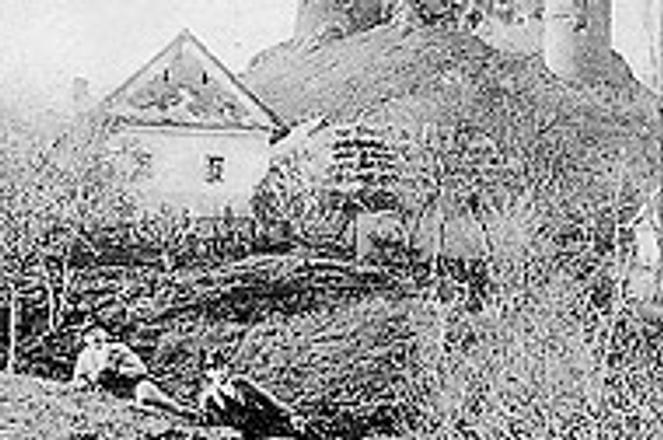Click to enlarge.
THIS POSTCARD from 1901 shows how the ruins of the Šomoška castle in eastern Slovakia's Novohrad District looked more than one hundred years ago. The castle has a turbulent history. In the 14th century its owner joined the anti-royalists under the powerful aristocrat Matúš Čák (Maté Csák) and thus brought Šomoška under the heavy hand of King Charles Robert. Later the fortress found itself again in the midst of war when the neighbouring Salgó castle, which is in current-day Hungary, was overrun by Hussites (supporters of the Christian Czech reformer Ján Hus). War between the castles dragged on for 20 years.
Šomoška most dramatic times were during the Turkish invasions, when all the castles in Novohrad region were on the front defensive line. The castle's Lord Štefan Lošonci was very active against the Ottomans but was captured during the defence of Temesvár and executed. Afterwards, the Turks overran the neighbouring fortifications of Salgó and Fiľakovo. Šomoška, laying directly between them, found itself in an awkward situation. The castle had to stay in a state of vigilance for 22 years with only 50 foot soldiers, 40 hussars and 10 artillerymen watching over the castle's safety. In 1576 the Turks lost their patience. They advanced on Šomoška with a large army and took it. Twenty years later, Šomoška came back into the hands of the emperor.
Conservationists rebuilt and refurbished the castle in 1972. It now stands as one of the most interesting sites in the central Slovak-Hungarian border region.
By Branislav Chovan


